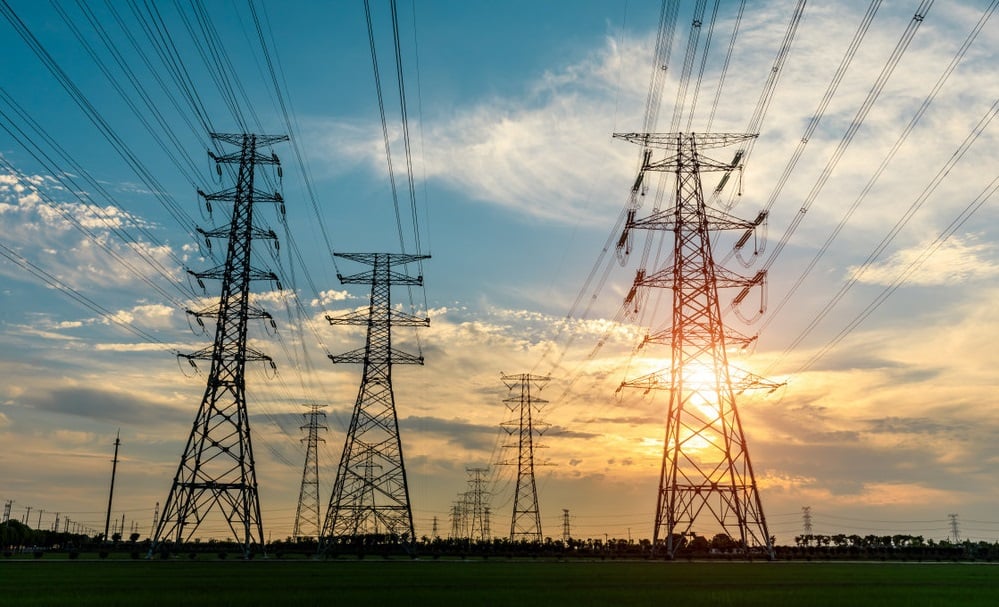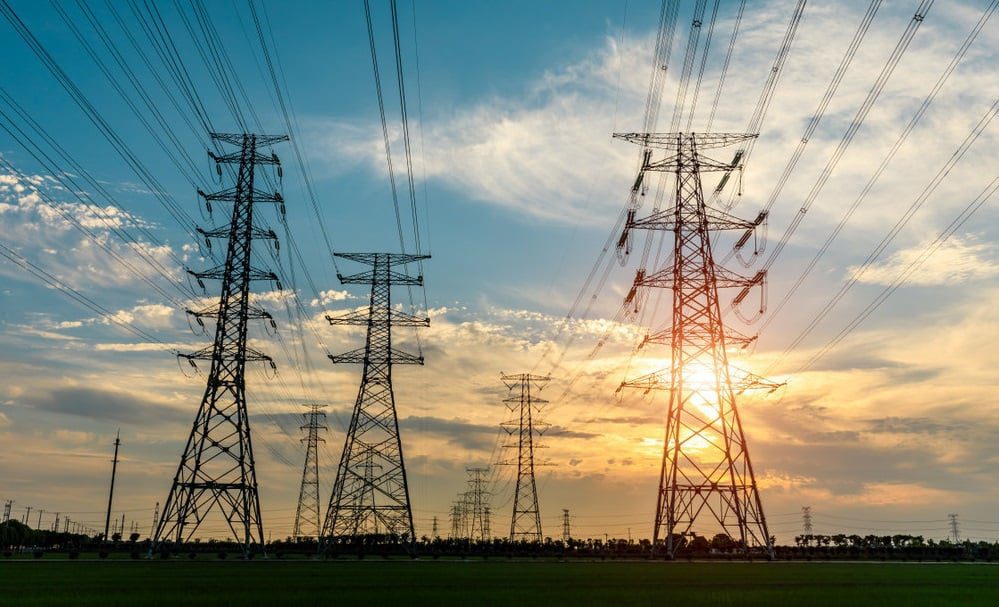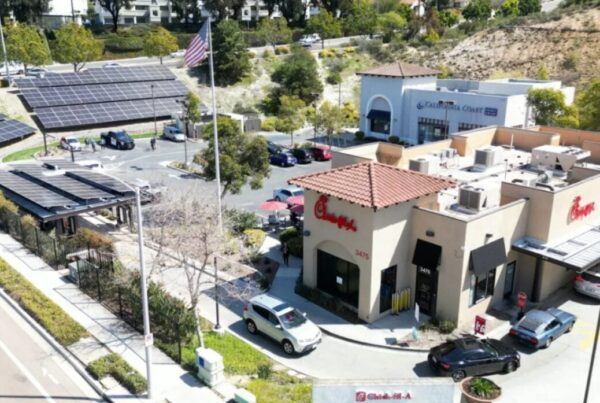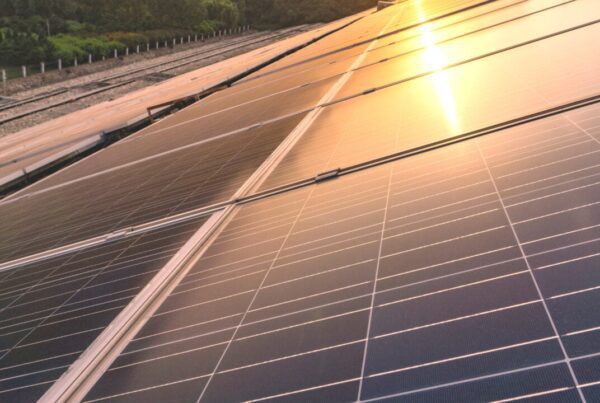
These recommendations are organised across four goals: increasing data access, transparency and security; improving interconnection processes and timelines; promoting economic efficiency; and maintaining a “reliable, resilient and secure” grid. The report’s targets cover a number of metrics relating to these goals, including a target to make state-level interconnection queue data publicly available across all 50 US states, plus Washington D.C. and US territories.
The call for a more comprehensive use of data in the US energy sector echoes calls made by kWh Analytics’ Jason Kaminsky last year, who told PV Tech that “without data you’re really shooting in the dark”, in relation to the insurance sector in particular.
The DOE report’s other targets pertain to speeding up grid connections and ensuring that projects to receive grid connection approval ultimately secure a connection. For projects with a capacity of less than 50kW, the DOE is aiming to agree to a grid connection within one day of a request being made; this timeframe is increased to within 75 days for projects up to 5MW and up to 140 days for projects larger than 5MW.
For this smallest group of projects, the DOE is expecting to see a “completion rate” – that is the percentage of projects that enter the grid connection queue, which go on to secure a connection – of above 99%. This target drops off slightly to more than 90% for medium-sized projects and more than 85% for the largest projects.
These goals aim to tackle the much-discussed delays in connecting to US grids, with Lawrence Berkeley National Laboratory estimating that around 2.6TW of electricity generation and storage capacity was awaiting grid connections, of which over 1TW was solar. Earlier this week, the laboratory reported that four-fifths of new energy projects in the US had withdrawn their applications before coming online, which could indicate significant dissatisfaction with the current maintenance of the grid.
“As more people and businesses choose to buy solar energy, wind turbines, batteries and electric vehicles, they are facing significant delays and roadblocks connecting to the grid,” said Jeff Marootian, principal deputy assistant secretary for the Office of Energy Efficiency and Renewable Energy, “The solutions in this roadmap tackle interconnection challenges from all angles to help communities across the country connect these resources faster, while increasing the resilience and reliability of the grid.”
DOE to offer up to US$34.2 million in additional grid funding
Alongside the launch of the roadmap, the DOE has announced a number of financing projects. These include a US$16 million fund to support “stakeholder engagement and technical assistance” to help further solidify the US’ grid infrastructure, and the award of US$2.1 million to projects that seek to tackle grid challenges.
This latter support comes under the i2X Innovative Queue Management Solutions (iQMS) for Clean Energy Interconnection and Energization Partnership Intermediary Agreement programme, operated by the DOE and the Joint Office of Energy and Transportation.
The project was launched in August 2024, with a total funding pot of US$11.2 million, and 12 projects, across ten utilities, have been selected to receive funding to develop pilot programmes. The two projects to receive the most funding, at US$300,000 each, are National Grid USA in Massachusetts and New York state, and Puget Sound Energy in Washington state.
The DOE is also expecting to open two new financing awards in spring, both of which will see applications made for a pot of US$8 million each, and are organised under the i2X. The Distributed Energy Resources Interconnection Solutions Collaboratives (DERISC) project will provide funding for “local, state or regional” teams to develop solutions to meet the targets of the roadmap, while the Accelerating Transmission System Interconnection Strategies (ATSIS) will offer “specialised technical assistance” to transmission owners and providers to help assess the benefits of grid-enhancing technologies.





